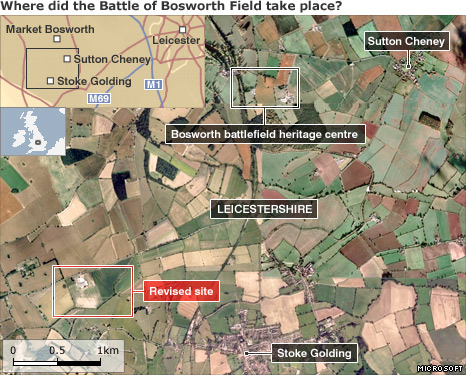Elizabeth linked to this petition which might be of interest to Ricardians:
Joe Ann Ricca, Founder and Chief Executive of The Richard III Foundation, Inc., said: “Richard obviously had no choice after he was killed as to where his remains were taken, but today we have the opportunity to right the many wrongs that have been done to this unjustly maligned king, by correcting the distorted picture that has been painted of Richard over the centuries, and by bringing his remains home to Yorkshire, and to York Minster as he wanted.”
Richard, who was the last Plantagenet king, and the last English monarch to die in battle, had strong connections with the City of York and the County of Yorkshire. He spent much of his youth at Middleham Castle and for 12 years he ruled the North of England on behalf of his elder brother, King Edward IV, earning a widespread reputation for fair-mindedness and justice. After becoming king, he visited York several times and was showered with gifts each time. His son, Edward, was crowned Prince of Wales whilst in York.
Although entitled to be buried at Westminster Abbey alongside other kings and queens of England, Richard III announced his intention to be buried at York, and in 1483 set in motion plans for a new chantry chapel at York Minster. Indeed, so strongly was Richard linked to York that the City authorities greeted the news of his death at the Battle of Bosworth with these words: “King Richard, late mercifully reigning over us, was, through great treason, piteously slain and murdered, to the great heaviness of this city.”





